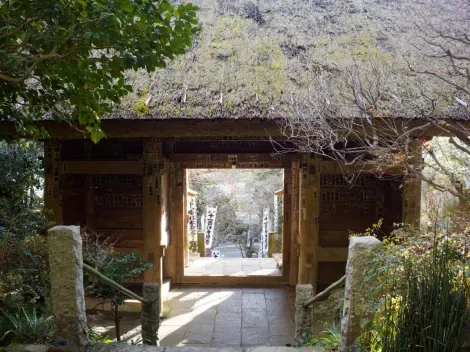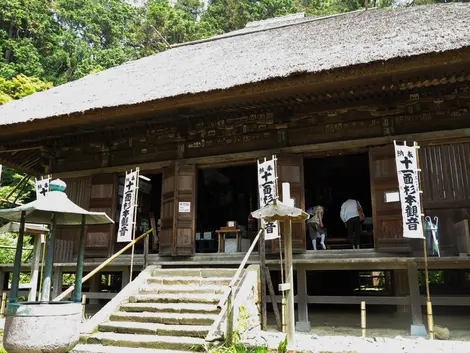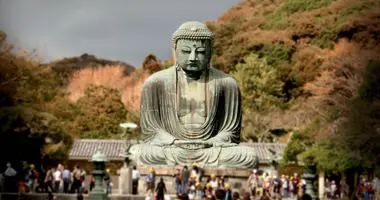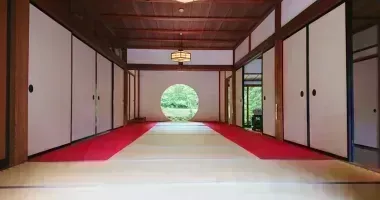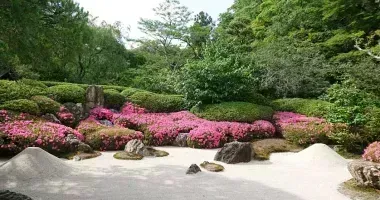Sugimoto-dera Temple 大蔵山観音院杉本寺
The 11-faced Kannon
With its mossy steps, thatched roof, and pennants, the oldest temple in Kamakura is reminiscent of the temples lost in the countryside or in the Japanese mountains.
Sugimoto-dera's moss stairs are only a "decoration" to avoid accidents. Another staircase was built to access the oldest temple in Kamakura.
Sugimoto-dera, was built in 734, at the request of the Empress Komyo, long before Kamakura became the capital of the country between 1192 and 1333.
Repeatedly destroyed and rebuilt many times, it remained an important temple and represents the first stage of the pilgrimage of 33 temples dedicated to Kannon Kanto, the goddess of compassion.
Several statues of the deity inhabit the small thatched roof building, and are the subject of great veneration.
They are all represented with eleven heads, a main head topped by ten small. The goddess can thus see in all directions and answer all the prayers of humans.
Under the cedar tree
Legend has it that during the fire that destroyed the temple in 1189, the Jodai-bo monk rushed to save the three statues of Kannon and took shelter under a cedar. They were then named "Sugimoto-no-Kannon," the Kannons under the cedar tree, and the temple was given the name of Sugimoto-dera, literally" cedar root temple. "
In 1191, Minamoto Yoritomo, the founder of the Kamakura shogunate, rebuilt the temple and a fourth statue of the goddess with eleven faces.
A new statue was made in 1963, making a total of five replicas of the "11-faced Godess" just for this small temple.
In the courtyard of the temple, on the right, a hundred small stone stupas recall the terrible past of the former feudal capital. They were erected in memory of the dead warriors in one of the last bloody battles that took place near the temple, just after the fall of the Kamakura shogunate.
Address, timetable & access
Address
Phone
0467-22-3463Website
http://sugimotodera.com (en japonais)





